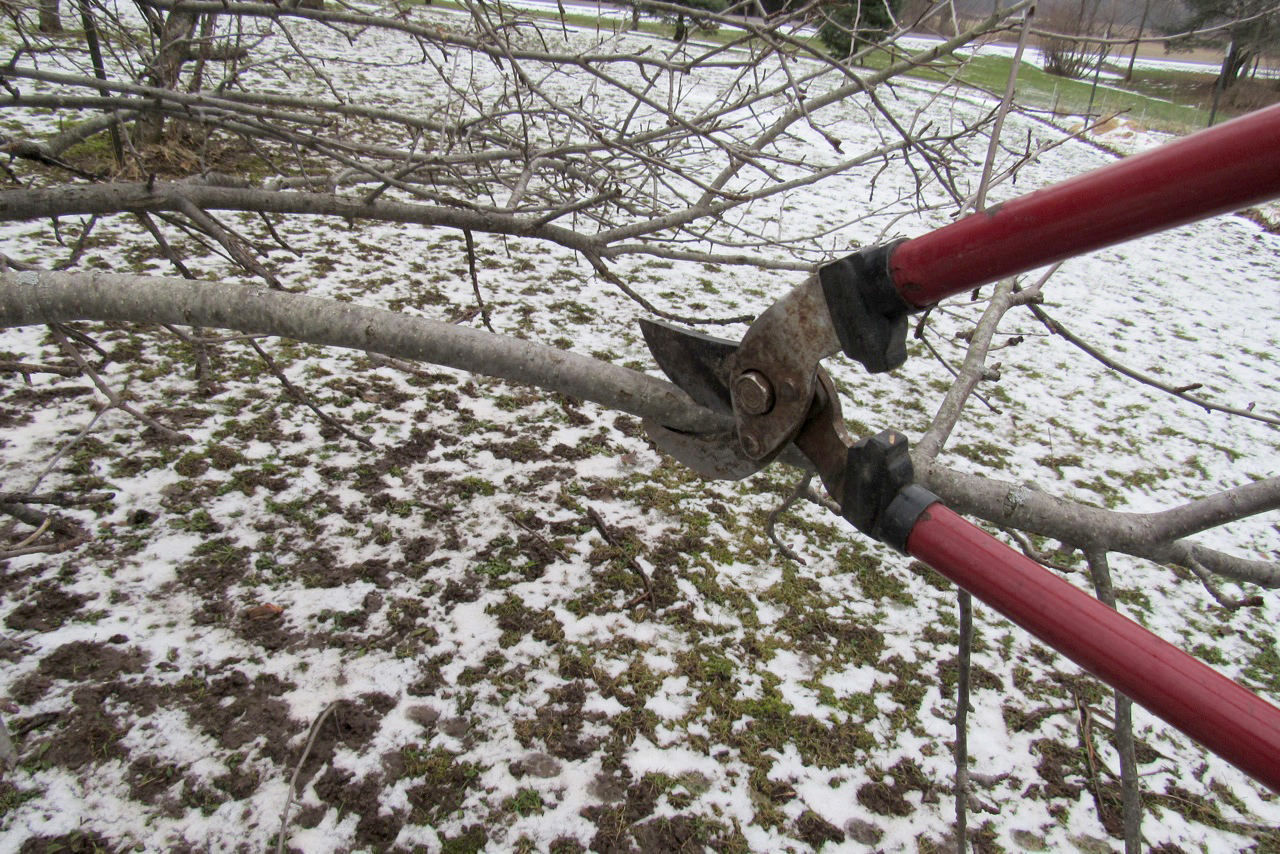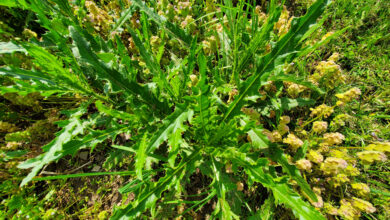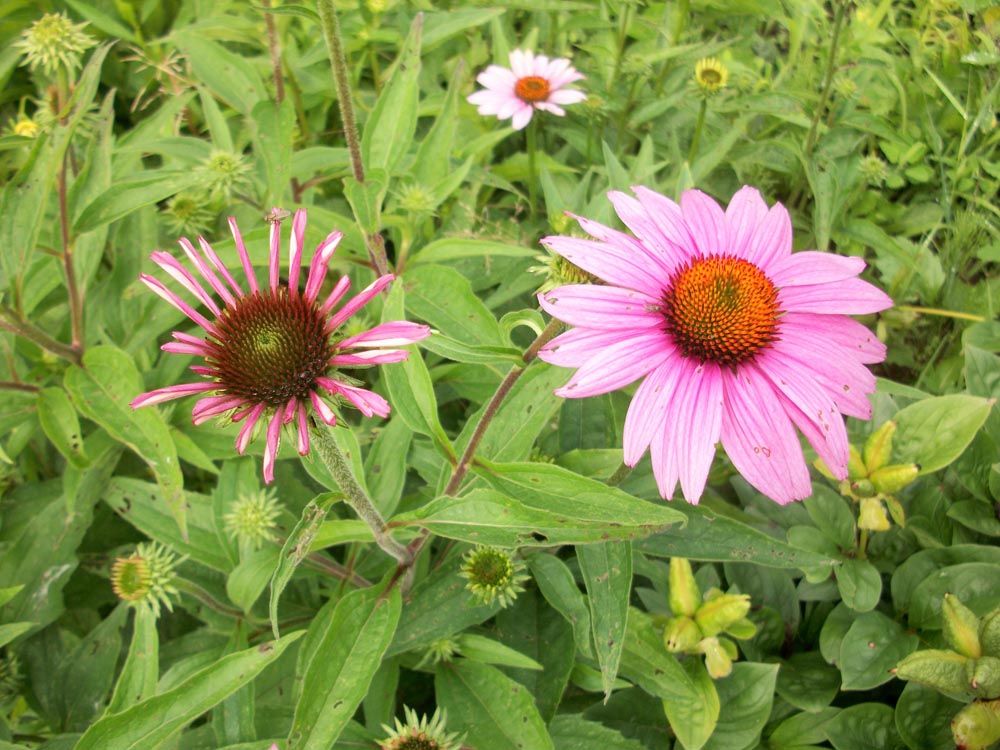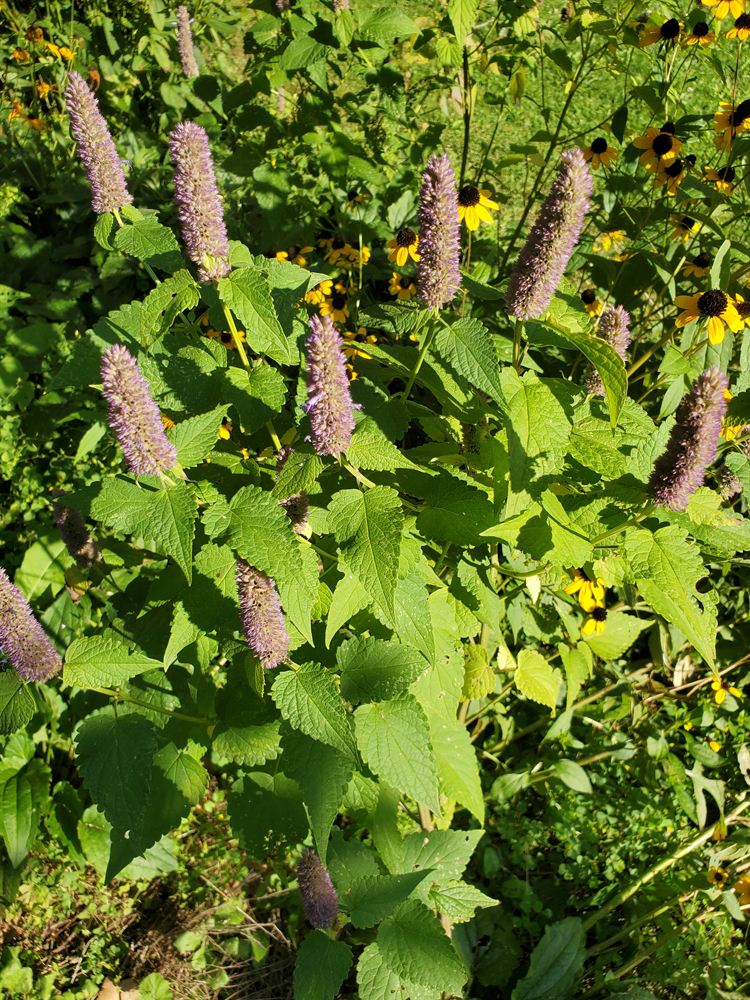Summer gardens provide winter accents

I’m sick of the “Christmas in July” promotions, so I have waited just long enough to a “Christmas in August” gardening column.
I love to use dried floral from my own garden along with fresh (and faux) evergreens at Christmas time. It’s now during the growing season that I harvest/collect and dry materials that I will use come December. I use my garden shed to dry flowers and other natural materials and use them at holiday time to embellish a Christmas wreath I make at a workshop held by Master Gardeners in Orleans County, as well as other greens I bring into my home and even use some on the Christmas tree.
The materials vary every year, depending on what I’m growing and what materials dry successfully. I will soon harvest and dry Annabelle hydrangea heads and frothy sea lavender blossoms (very much like statice), which give a frosted look to evergreen bows.
I am also growing nigella or “love-in-a-mist,” but it is not doing so well for me this year. The dried seedpods are one of my favorites. They are striped and look wonderful in a wreath. Another big favorite is larkspur that dries so easily and retains its purple, pink and white colors.
I typically bind a small bunch of flowers with a rubber band and hang them upside down in my garden shed. This provides dry warmth and relative darkness. According to Cornell Cooperative Extension in Oneida County, air dried flowers should be cut just before flowers are fully open. Statice, celosia, dock, goldenrod and hydrangea work well with this method.
Desiccants are probably the best way to preserve flowers. The process can result in life-like preserved blooms which are more supple than those that are hung to dry. Flowers are carefully covered with a granular desiccating material and left for a given amount of time to dry.
Materials like borax, silica gel, oolitic sand and common sand can be used. Flowers can be buried in a borax/white cornmeal or borax/sand mixture – but be careful, the particles can stick to some of the petals and abrasion can result in holes in the petals. It takes about 10 days to dry with cornmeal and 16 to dry if sand is used.
Silica gel is a granular material and can be costly, but dries flowers quickly – in about one week. It works well with flowers like roses that have closely packed petals. When using silica gel, seal the container for maximum effect.
Oolitic sand from the Great Salt Lake in Utah produces excellent results because it is heavy and applies steady pressure. It is also smooth, so the bloom is not injured. Oolitic sand is relatively high in pH, which helps preserve flower color and can be re-used.
Common sand must be treated first by washing – in a bucket of water with a couple of squirts of dishwashing liquid. Rinse the sand with fresh water until the water remains clear. Dry the sand on a cookie sheet in the oven at 250 degrees. Weigh 15 pounds of sand and heat evenly on a cookie sheet. Next, stir in three tablespoons of melted paraffin wax, using a large spoon. When cool, add one tablespoon bicarbonate of soda and one tablespoon silica gel, spreading it throughout. The sand mixture can be re-used.
Lastly, you can also try drying hydrangeas, yarrow, bells-of-Ireland and celosia by placing them in a couple of inches of water in a container and placing it in a dry, warm and dark location. Allow the water to evaporate.






